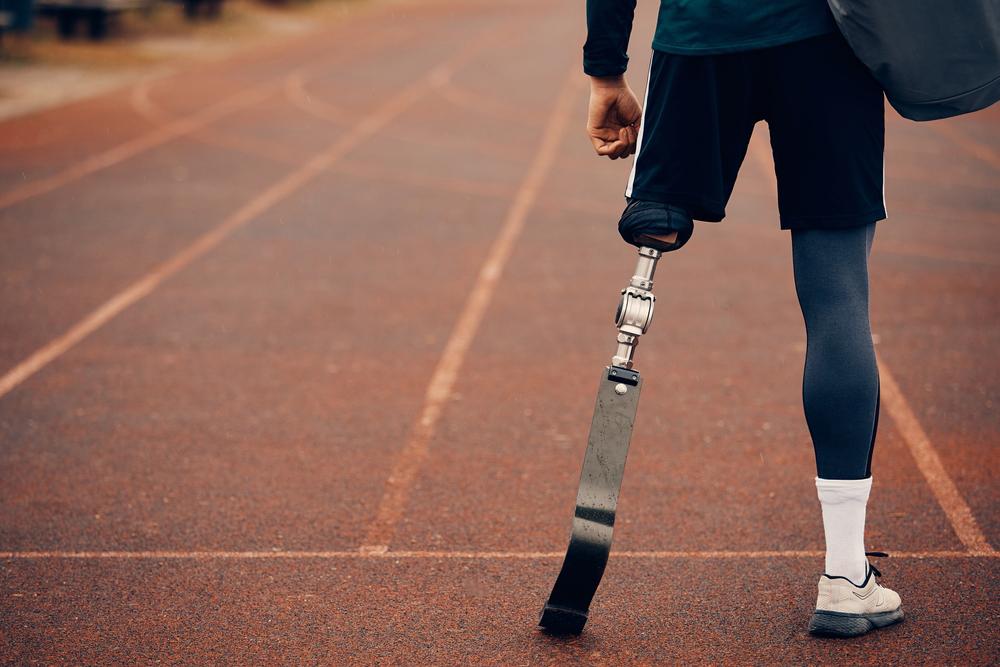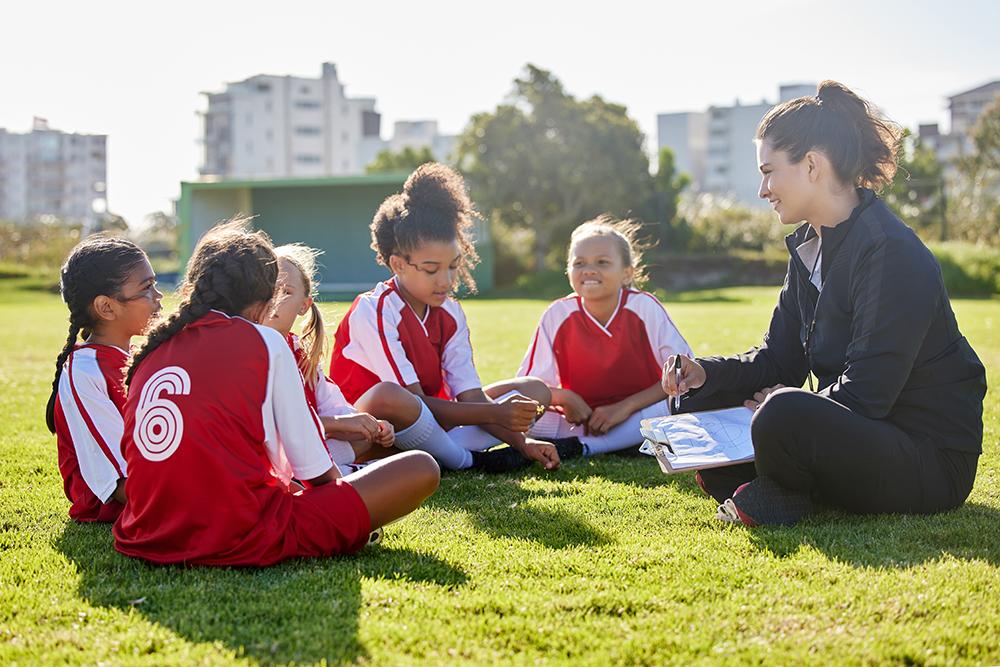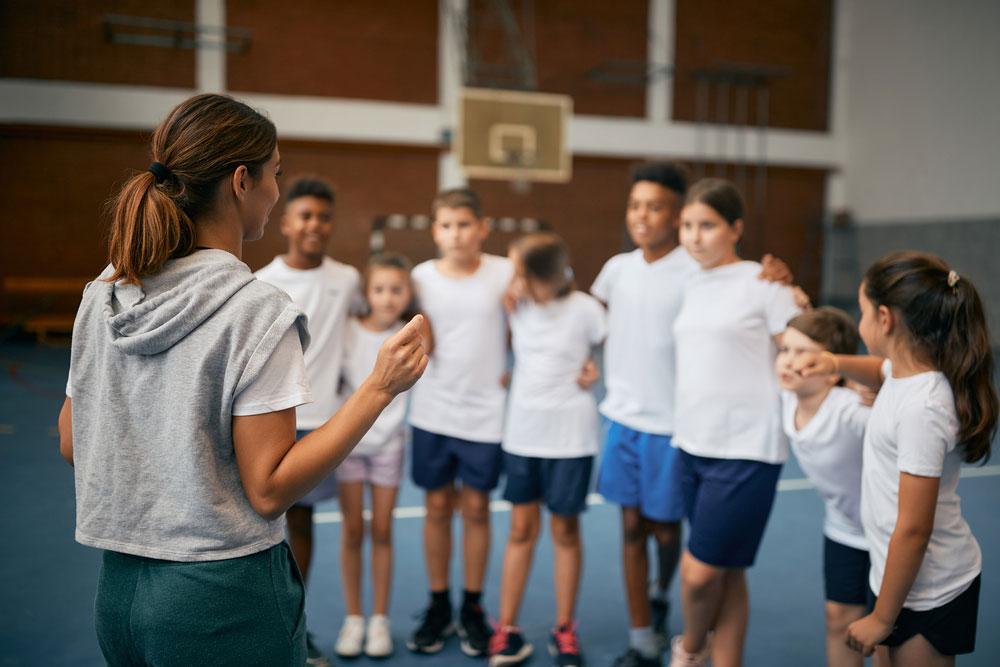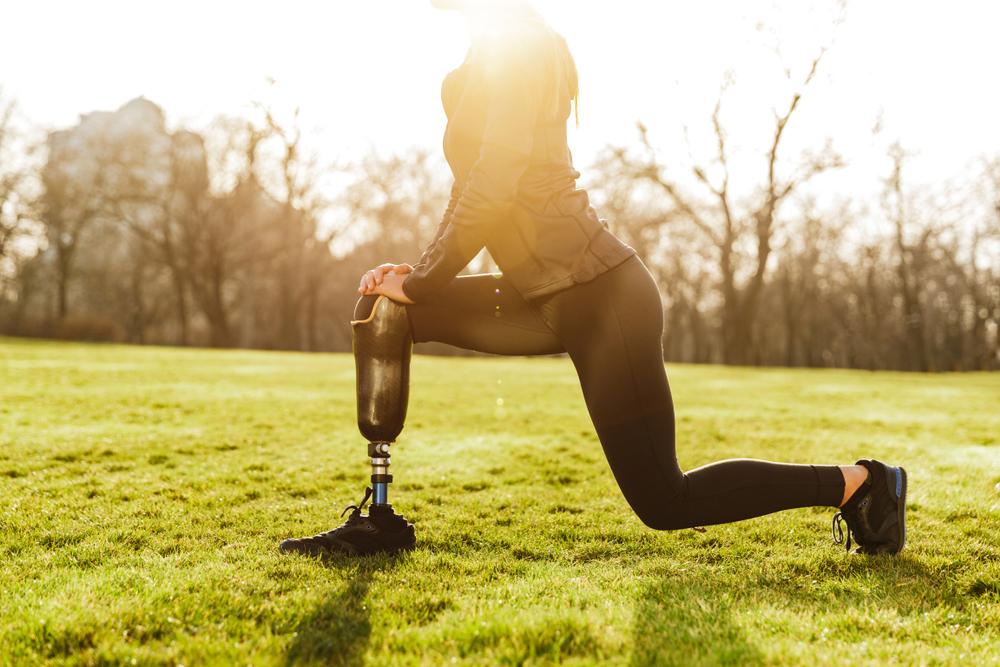 As a coach, you have a unique role in a young athlete’s life. With this role, you can be a driving force in developing new leaders who will impact sport and communities. But leadership is more than simply choosing a captain of the team.
As a coach, you have a unique role in a young athlete’s life. With this role, you can be a driving force in developing new leaders who will impact sport and communities. But leadership is more than simply choosing a captain of the team.
“Coaches are uniquely suited to help students take on leadership roles,” explains Daniel Gould, co-author of Youth Sport Leadership Development: Leveraging the Sports Captaincy Experience. “In education, the amount of time a coach spends with a kid is likely more than any other teacher in the school.”
Here are strategies coaches can use to help develop leaders and leadership.
Everyone is a leader
While it’s tempting to let a popularity contest determine the team captain, remember that everyone can learn leadership skills through sport and throughout the season.
“In youth leadership, people debate if we should teach all kids how to lead, or if we only teach the kids who are more likely to lead, who naturally seem to rise to the challenge,” says Gould. While one or two students often end up rising to the top—you only have one student president, one captain of the team—and it’s fine to focus on those students, make sure everyone gains insight into leadership.
Teach student-athletes how to follow
The art of being a good follower can be harder to learn, but it’s as necessary as being a good leader. “Students also need to learn to follow, to take constructive criticism,” says Gould.
“In life, everyone will likely end up acting as both a leader and a follower at some point, so it’s important to teach both.”
Give real responsibility
“A coach should think about this ahead of time and work out what responsibilities you’re willing to share,” explains Gould. “Have them lead warmups or design the team t-shirts.” Whatever responsibility you assign to the team leaders, make sure that you follow through and allow them to exercise that responsibility, even if it’s not perfect.
“As a coach, I need to commit to giving the students situations where they’ll lead. It may not be as effective as when I lead a situation, but I need to be OK with that,” says Gould. “If it doesn’t come out the way I want it to, I won’t intervene unless there’s physical danger. The situations need to be meaningful enough to make the student feel like he or she is leading.”
Find arenas you’re weak in
“Kids can do amazing things if you bring them along, and they can do stuff that you can’t,” Gould reminds coaches. “As an older coach, I might not be into social media like a 16-year-old and I’m trying to set up a social media policy for our swim team. Asking the kids to lead a group discussion to figure out what the rules should be, that’s a great way to empower them. Think about those areas where they can do things you can’t do.”
Pick a leadership strategy that works for you
“Some teams have one or two captains, or one permanent one plus one who rotates in on a weekly basis, or everyone has one week as a captain,” says Gould. “There isn’t a set formula for success. A coach needs to develop a philosophy based on what will work best for their system.”
Your team might need one figurehead, but many smaller leadership roles as well. Or you might want to consider letting different athletes take the leadership reins as the season progresses. You need to find a style that works best for your team and your sport.
Don’t Ignore the Shy Kids
“With shy kids, allow them to get comfortable,” says Gould. “Slowly and gradually build a relationship. There will come a point where you can help them get uncomfortable, doing things like speaking to the team or projecting your voice in practice. These athletes can be great leaders if given the opportunity. The more a coach can build trust, the more you can help an athlete push out of the comfort zone.”
_____
Also, don’t be afraid to move the lessons of leadership off the field. Encourage your athletes to take the lead in non-athletic activities, like a fundraising bake sale or car wash, to explore leadership off the court too.




